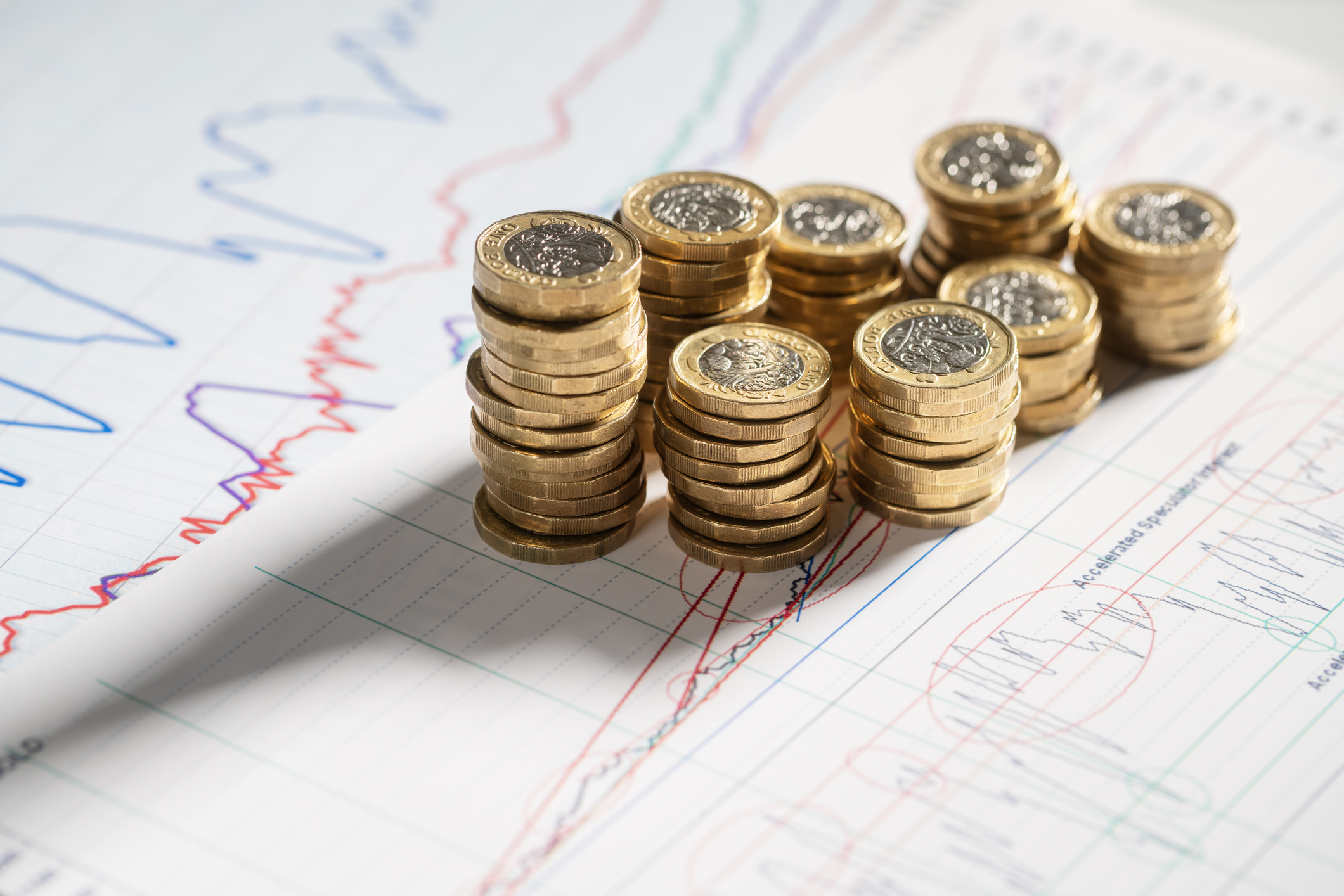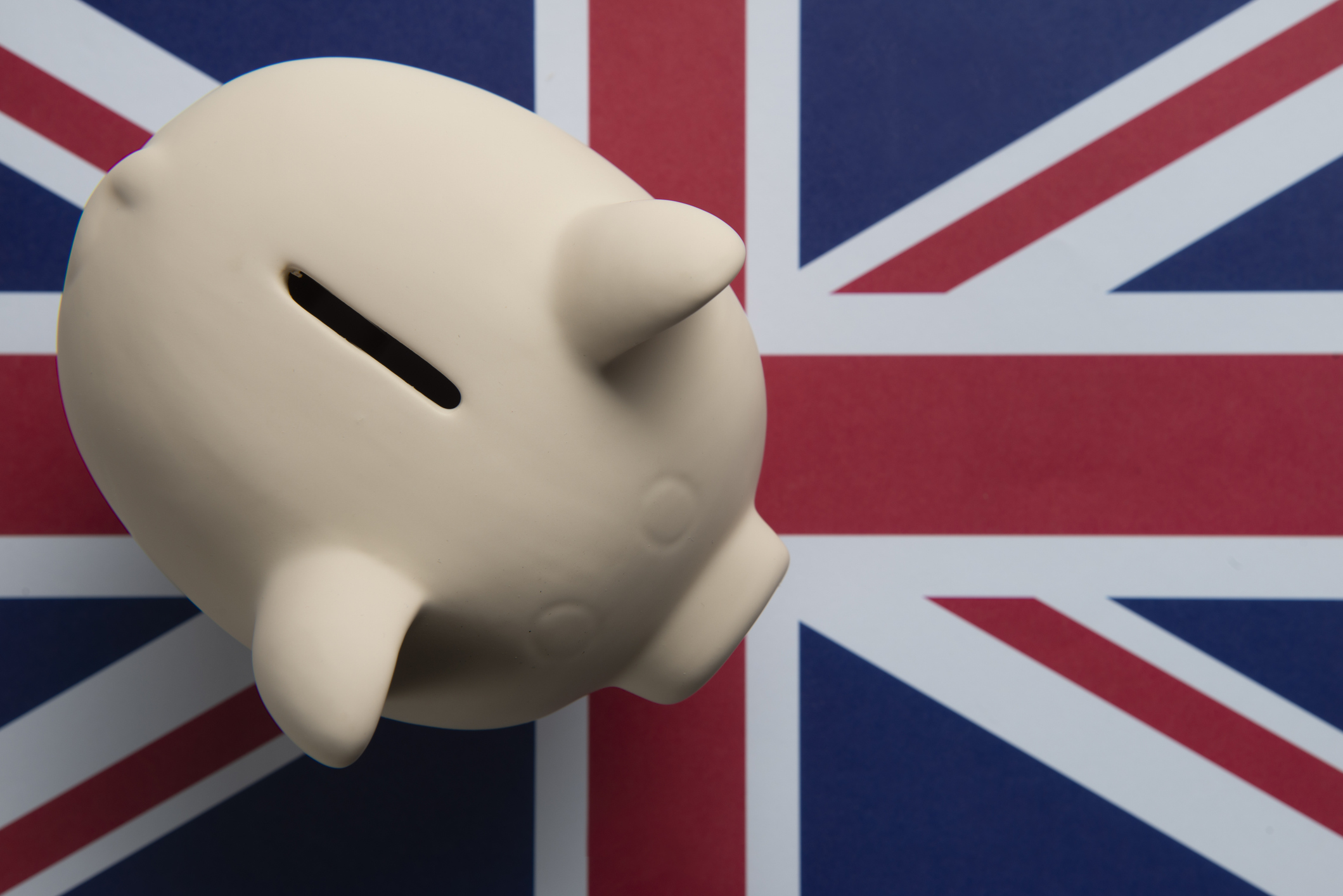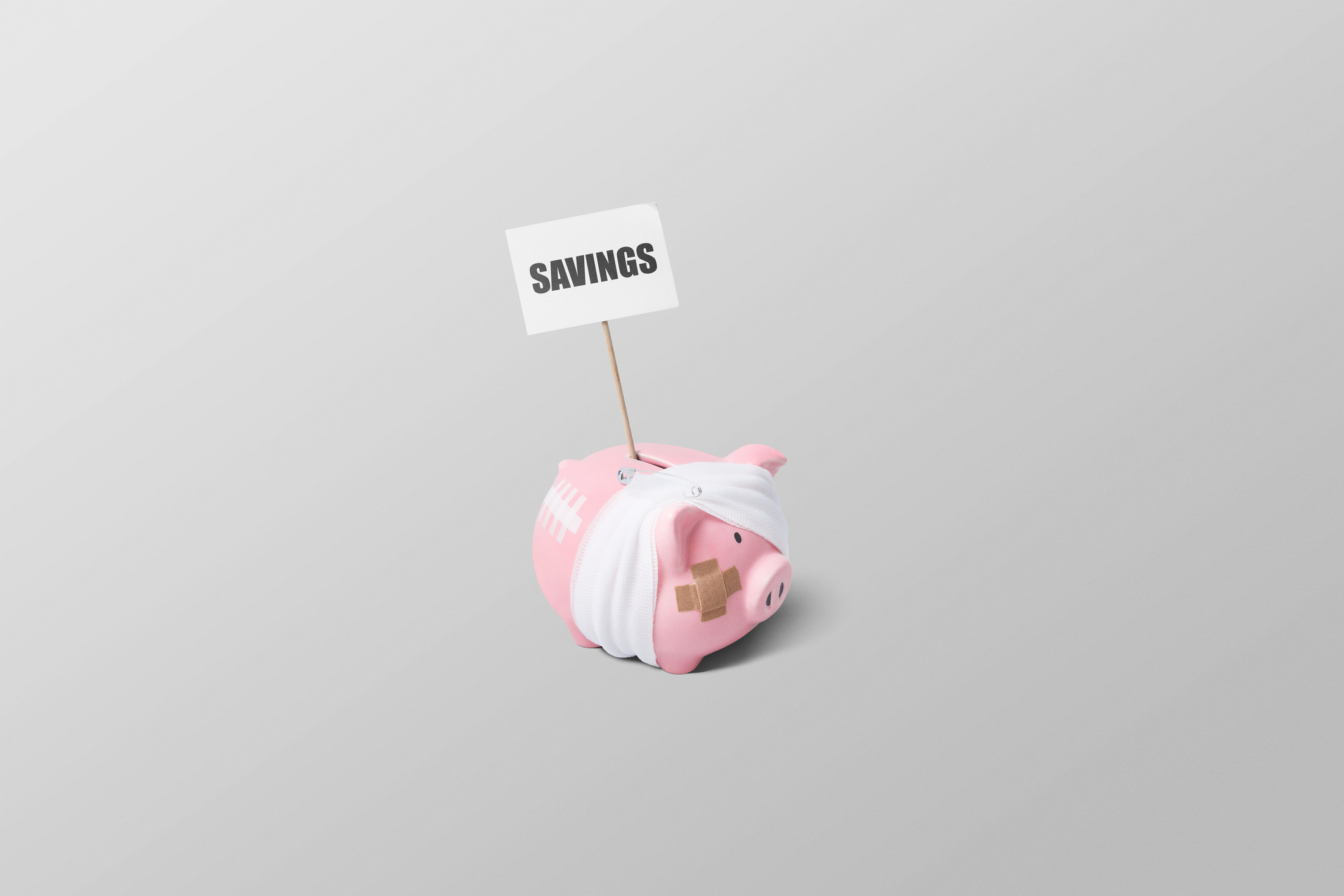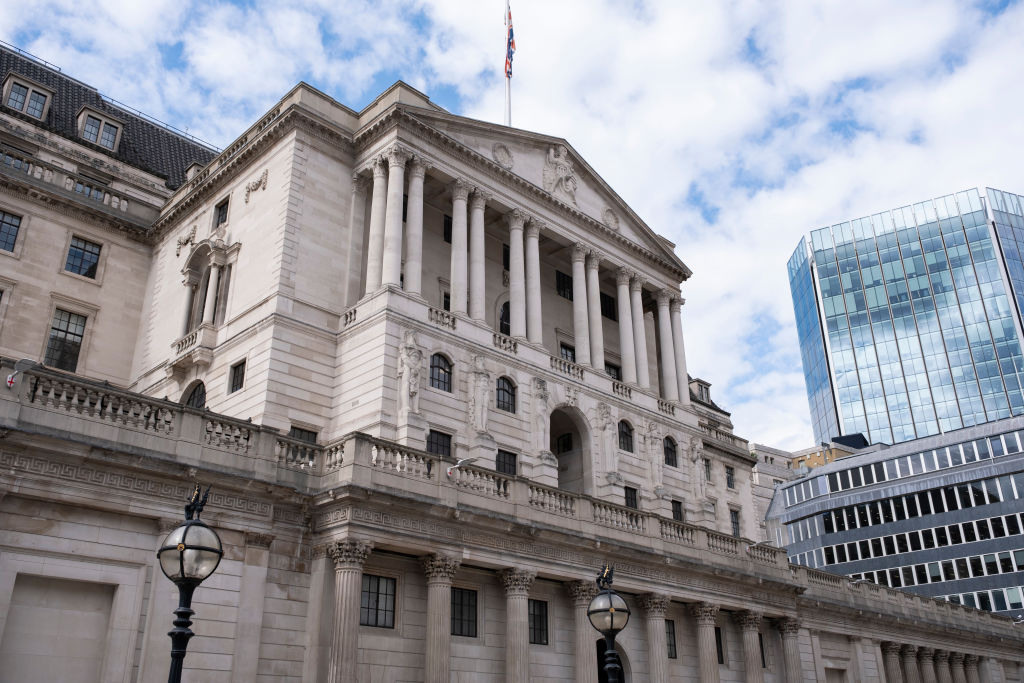Best inflation-beating savings accounts to make your money work hard
We explore the savings accounts that can best protect your money from inflation as millions of savers miss out on inflation-beating rates.


Inflation fell 20 basis points to 3.6% in October, the latest official data shows.
While falling inflation will be welcomed by many, October’s reading is still much higher than the Bank of England’s target of 2%. Price growth has been stubbornly above target over the past few years, only briefly dipping below to 1.7% in September 2024.
It means the interest paid on many savings accounts isn’t keeping up with inflation – the average savings rate among UK accounts is 3.4%, according to Moneyfacts. This is 20 basis points lower than the latest inflation reading.
MoneyWeek
Subscribe to MoneyWeek today and get your first six magazine issues absolutely FREE

Sign up to Money Morning
Don't miss the latest investment and personal finances news, market analysis, plus money-saving tips with our free twice-daily newsletter
Don't miss the latest investment and personal finances news, market analysis, plus money-saving tips with our free twice-daily newsletter
Easy access savings accounts currently pay a rate of just 2.5% on average, more than a full percentage point lower than October’s rate of inflation.
If consumers hold cash in a savings account that is not keeping up with inflation, their money loses value in real terms.
There are currently 1,224 savings accounts on the market that beat inflation, split between 101 easy access, 118 notice accounts, 85 variable rate ISAs, 297 fixed rate ISAs and 623 fixed rate bonds.
It means that consumers who are willing to shop around can still see their savings grow in real terms.
The top easy-access savings account on the market right now is West Brom Building Society’s triple access saver, which offers 4.55% in interest, up to a maximum of three withdrawals a year.
Savers who want to access their cash more often can make the most of Monument Bank’s easy access account with a boosted rate, which pays 4.51%, inclusive of a 0.74% fixed bonus until 1 December 2026.
Caitlyn Eastell, spokesperson at Moneyfacts, said: “Today just over one in two accounts offer over 3.6%, but with interest rates trending downward, this number is likely to drop.
“Competition has been scarce, especially across cash ISAs, where none of the top rates have shifted. It may be the case that providers are waiting to see what is announced in the Autumn Budget before they make any significant changes.
“In any case, if savers find they are getting a raw deal, it is crucial they immediately switch to a more competitive rate and if they want more security against cuts, they should consider locking away their cash for a fixed period.”
Which are the best savings accounts to beat inflation?
Best easy-access savings accounts
Account | Rate (AER) | Access notes / bonus rate |
|---|---|---|
Monument Bank Easy Access Savings Boosted Rate | 4.51% | Rate includes 0.74% bonus until 01.12.2026 |
Chase Saver With Boosted Rate | 4.5% | Rate includes 1.94% bonus for 12 months |
Revolut Instant Access Savings - Ultra | 4.5% | £45 monthly account fee |
Sidekick Multi Shield | 4.48% | Rate includes a 1% bonus for six months between £10,000 and £85,000 |
Best easy-access cash ISAs
Account | Rate (AER) | Access Notes / bonus rate |
|---|---|---|
Trading 212 Cash ISA Promo Rate | 4.56% | Rate includes 0.71% bonus for 12 months |
Hargreaves Lansdown Active Savings - HL ISA (powered by Shawbrook) | 4.55% | Save between £1 and £20,000 |
Moneybox Cash ISA | 4.47% | Rate includes 0.77% bonus for 12 months |
Plum Cash ISA | 4.45% | Rate includes 1.39% bonus for 12 months |
Best one-year fixed savings accounts
Account | Rate (AER) |
|---|---|
LHV Bank 1 Year Fixed Rate Bond | 4.46% |
DF Capital 1 Year Fixed Rate Deposit (Issue 20) | 4.45% |
Habib Bank Zurich plc HBZ Fixed Rate e-Deposit Account | 4.44% |
Vanquis Bank 1 Year Fixed Rate Bond | 4.42% |
Best one-year fixed cash ISAs
Account | Rate (AER) |
|---|---|
Isbank Meteor Savings 1-Year Fixed Rate Cash ISA | 4.35% |
UBL UK 1 Year Fixed Rate Cash ISA | 4.28% |
Vida Savings 1-Year Fixed Rate ISA | 4.28% |
Vanquis Bank 1 Year Fixed Rate Cash ISA | 4.28% |
Get the latest financial news, insights and expert analysis from our award-winning MoneyWeek team, to help you understand what really matters when it comes to your finances.
Daniel is a financial journalist at MoneyWeek, writing about personal finance, economics, property, politics, and investing.
He is passionate about translating political news and economic data into simple English, and explaining what it means for your wallet.
Daniel joined MoneyWeek in January 2025. He previously worked at The Economist in their Audience team and read history at Emmanuel College, Cambridge, specialising in the history of political thought.
In his free time, he likes reading, walking around Hampstead Heath, and cooking overambitious meals.
-
 Millions underestimate how many paydays are left until retirement - why you should be counting your payslips
Millions underestimate how many paydays are left until retirement - why you should be counting your payslipsKeeping track of how long you will be earning a salary for can help work out how much you need to put into a workplace pension
-
 HSBC promises to keep all of its bank branches open until 2027
HSBC promises to keep all of its bank branches open until 2027HSBC has extended its branch promise meaning all 327 of its branches will remain open until at least 2027
-
 Brits leave £31.6 billion in savings accounts paying 1% interest or less – do you need to switch?
Brits leave £31.6 billion in savings accounts paying 1% interest or less – do you need to switch?Eight million Brits hold money in savings accounts that pay 1% interest or less, meaning the value of their cash is being eroded by inflation.
-
 Buying vs renting: is is better to own or rent your home?
Buying vs renting: is is better to own or rent your home?The higher mortgage rates of recent years have actually made renting comparatively cheaper, analysis suggests. But there are hidden costs to long term renting.
-
 Hargreaves Lansdown launches first cash ISA – how does it compare?
Hargreaves Lansdown launches first cash ISA – how does it compare?Hargreaves Lansdown is offering an own brand cash ISA for the first time with their new easy-access account. How does the interest rate compare to other products?
-
 Is Britain heading for a big debt crisis?
Is Britain heading for a big debt crisis?Opinion Things are not yet as bad as some reports have claimed. But they sure aren’t rosy either, says Julian Jessop
-
 ‘My NS&I one-year British Savings Bond is maturing – what should I do with my savings?
‘My NS&I one-year British Savings Bond is maturing – what should I do with my savings?Thousands of savers will see their fixed-rate savings accounts mature next month. We consider whether you should stick with NS&I or move to a competitor
-
 How to pay in a cheque
How to pay in a chequeReceiving or writing a cheque has become much less common in recent years as instant bank transfers have grown in popularity. Amid widespread bank branch closures, we explain what to do if you get a cheque, and how you can pay one into your bank account.
-
 ‘Current account coasters’ are leaving billions of pounds languishing in low interest accounts
‘Current account coasters’ are leaving billions of pounds languishing in low interest accountsThe average saver with £10,000 or more in their zero interest current account is missing out on over £1,500 in potential interest payments, new research has revealed.
-
 Bank of England holds interest rates at 5.25% again
Bank of England holds interest rates at 5.25% againInterest rates have been frozen at 5.25% for seven meetings in a row. Here is what it means for your money. Plus, when will interest rates finally be cut?
